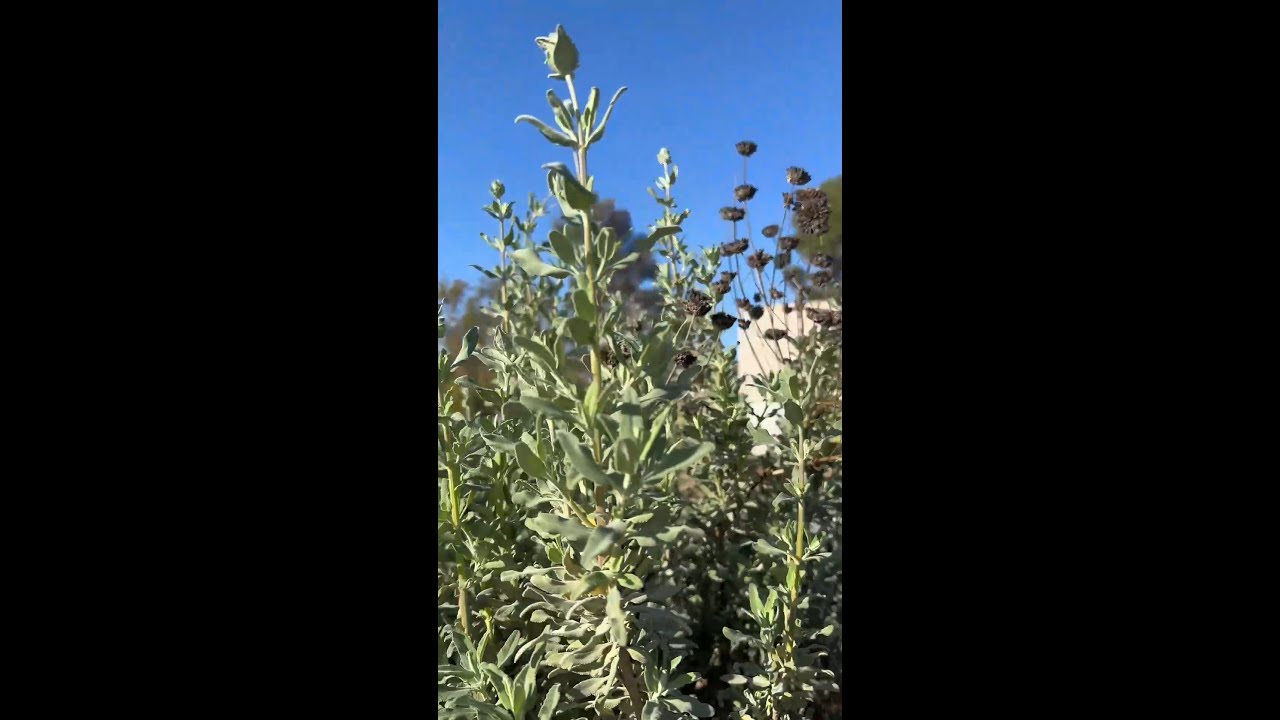- Introduction to the California Native Gateway Garden and its significance in promoting biodiversity and wildlife conservation.
- The garden’s role in showcasing native flora and its impact on local ecosystems.
- Wildlife interactions within the garden and the conservation strategies for native species.
- Educational opportunities and community involvement in the garden’s efforts to raise awareness about native biodiversity and conservation.
- The importance of sustainable landscape practices exhibited by the garden and their broader implications for environmental stewardship.
California Native Gateway Garden is a vibrant initiative dedicated to showcasing the incredible biodiversity of California’s native plants and the importance of conserving local wildlife. This garden acts as an ecological and educational hub, fostering a deeper understanding of native ecosystems while highlighting conservation efforts crucial to maintaining biodiversity.
The garden presents an array of native flora, carefully curated to represent the diverse ecosystems found throughout California. This focus on indigenous plants is no mere aesthetic choice; it plays a critical role in sustaining local biodiversity. Native plants thrive in their natural habitat and support a complex web of life. They provide essential resources such as food and shelter to native fauna, including pollinators like bees and butterflies, birds, and small mammals.
Understanding the significance of native plants in maintaining healthy ecosystems is vital. They contribute to soil health by preventing erosion and maintaining nutrient cycles. California native plants also offer resilience against climate fluctuations and pest infestations, reducing the need for artificial interventions like pesticides and fertilizers. This resilience is a testament to their evolution over centuries, adapting to the specific conditions of their environment.
The interactions between wildlife and the garden landscape are fascinating and serve as a living classroom for visitors. The garden is a sanctuary for many native species, some of which are threatened or endangered. Through careful planning and habitat restoration, the garden provides a safe refuge where these animals can thrive. Visitors may observe native birds nesting among the plants or catch sight of small mammals foraging for food, adding an element of discovery to their experience.
Wildlife conservation strategies at the California Native Gateway Garden extend beyond mere observation. The garden staff works diligently to create environments that mirror natural habitats. This includes the creation of wetland areas to support amphibian populations and the introduction of specific plant species to attract pollinators. Conservation is at the heart of these efforts, emphasizing the importance of protecting and restoring California’s native habitats for future generations.
Education plays a pivotal role in the garden’s mission. Programs and workshops are offered to engage visitors and the local community, providing them with the knowledge and tools necessary to contribute to conservation efforts. These educational opportunities focus on the significance of native plants, the interdependence of ecosystems, and the practical steps individuals can take to support biodiversity in their own backyards. Community involvement is encouraged, fostering a sense of stewardship and responsibility toward preserving native ecosystems.
Sustainable landscape practices are exemplified by the garden, showcasing methods that can be implemented elsewhere to promote environmental health. These practices include using drought-tolerant plants to conserve water, employing organic gardening techniques to maintain soil health, and selecting plant species that require minimal maintenance and resources. The garden serves as a model for sustainable landscape design, demonstrating that eco-friendly practices are not only beneficial for the environment but also aesthetically pleasing and cost-effective.
California Native Gateway Garden stands as a testament to the importance of preserving local biodiversity through strategic conservation efforts and community engagement. Its dedication to highlighting the value of native plants and promoting sustainable practices offers lessons in environmental stewardship that resonate far beyond its physical boundaries. By inspiring individuals to understand and protect their natural surroundings, the garden contributes significantly to wildlife conservation and the broader movement toward ecological sustainability.
*****
Source Description
The recent rains have worked wonders for the California Native Gateway Garden at the Zoo’s South Parking Lot! Native plants like hummingbird sage, fragrant pitcher sage, and ceanothus are thriving in this beautiful space. Installed in 2024 as part of #ProjectPollinator, in collaboration with Theodore Payne Foundation, this garden features a smart swale design that directs rainwater to nourish plants and reduce runoff. These resilient native plants have withstood last year’s drought and are creating a vibrant habitat for migratory birds and insects. The next time you visit the Zoo, be sure to stop by the South Parking Lot to check out the new educational signage and see how the California Native Gateway Garden is growing!


